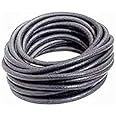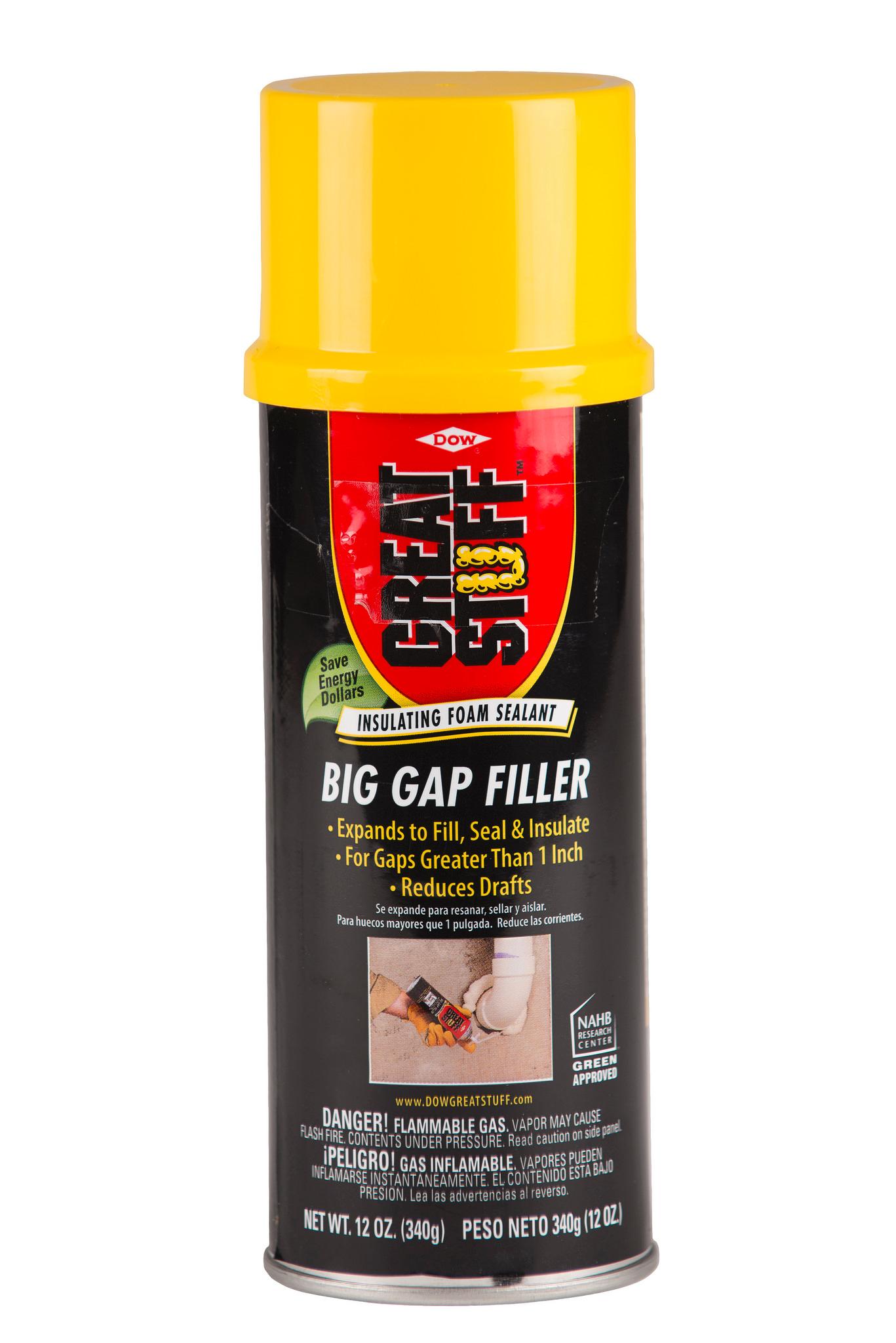Foam materials are ubiquitous in various industries, from construction to packaging, automotive to furniture. Among these, open cell and closed cell foams are two of the most commonly used types, each with unique characteristics and applications. This article will delve into the fundamental differences between open cell and closed cell foam, exploring their structures, properties, advantages, disadvantages, and applications.
What is Foam?
Foam is a material that consists of a mass of small bubbles or cells, which can be either open or closed. The structure of foam is created by trapping air within a solid or liquid, resulting in a lightweight and versatile product. The two main types of foam are:
- Open Cell Foam: Characterized by interconnected cells that allow air and moisture to pass through.
- Closed Cell Foam: Made up of cells that are completely closed off from one another, preventing air and moisture from penetrating.
Structural Differences

The primary distinction between open cell and closed cell foam lies in their cellular structures. Understanding this difference is crucial in determining their respective applications and properties.
Open Cell Foam Structure

Open cell foam consists of cells that are not entirely enclosed. This structure creates a sponge-like or soft texture. When compressed, the air within the cells escapes, making it less resilient than closed cell foam.
Closed Cell Foam Structure
Closed cell foam, on the other hand, is made of cells that are sealed off from one another, creating a denser material. This dense structure makes closed cell foam more buoyant and resistant to moisture and other environmental factors.
Comparative Properties

Now that we understand the structural differences, let’s explore the comparative properties of open cell and closed cell foam.
1. Density and Weight
- Open Cell Foam: Generally lighter and less dense. This makes it ideal for applications where weight is a concern.
- Closed Cell Foam: Typically denser, which contributes to its durability and insulation properties.
2. Insulation Properties
- Open Cell Foam: Provides moderate thermal insulation but is not effective at soundproofing due to its porous nature.
- Closed Cell Foam: Offers superior thermal insulation and soundproofing capabilities, making it suitable for environments requiring temperature control.
3. Moisture Resistance

- Open Cell Foam: Absorbs moisture, which can lead to mold and mildew growth if not properly managed.
- Closed Cell Foam: Highly resistant to moisture, making it suitable for outdoor applications or areas prone to humidity.
4. Flexibility and Compression
- Open Cell Foam: Highly compressible and flexible, allowing it to be used in applications such as cushioning and bedding.
- Closed Cell Foam: More rigid and less flexible, making it ideal for structural applications where strength is paramount.
Advantages and Disadvantages

Understanding the advantages and disadvantages of each foam type can aid in making informed decisions based on specific needs.
Open Cell Foam Advantages
- Lightweight and easy to handle.
- Cost-effective for bulk applications.
- Excellent cushioning properties, ideal for mattresses and upholstery.
Open Cell Foam Disadvantages
- Less durable than closed cell foam.
- Not suitable for moisture-prone environments.
- Poor soundproofing capabilities.
Closed Cell Foam Advantages
- Superior insulation and soundproofing properties.
- Highly resistant to moisture and mold.
- More durable and long-lasting compared to open cell foam.
Closed Cell Foam Disadvantages
- Heavier and denser, making it less suitable for lightweight applications.
- More expensive than open cell foam.
- Less flexible, limiting its use in certain cushioning applications.
Applications in Various Industries
The unique properties of open cell and closed cell foam make them suitable for different applications across various industries.
Open Cell Foam Applications

Open cell foam is widely utilized in:
- Furniture: Used in cushions and mattresses due to its comfort and cushioning properties.
- Soundproofing: While not the best option, it can be used for sound absorption in certain applications.
- Packaging: Offers cushioning for fragile items during shipping and storage.
Closed Cell Foam Applications
Closed cell foam is often found in:
- Construction: Used as insulation in walls and roofs due to its superior thermal resistance.
- Marine Industry: Employed in buoyancy devices and boat construction because of its water resistance.
- Automotive: Utilized in seals and gaskets for soundproofing and insulation in vehicles.
Case Studies and Statistics
To further illustrate the differences and applications of these foam types, consider the following case studies and industry statistics:
- A study by the National Association of Home Builders showed that homes insulated with closed cell foam achieved an average energy savings of 30% compared to traditional insulation methods.
- In the marine industry, a manufacturer reported that using closed cell foam in their buoyancy aids reduced water absorption by 90%, significantly enhancing product longevity.
- According to Furniture Today, the demand for open cell foam in the mattress industry has increased by 25% over the past five years, driven by consumer preference for comfort.
In summary, the choice between open cell and closed cell foam ultimately depends on the specific requirements of the application at hand. Open cell foam offers advantages in comfort and flexibility, making it ideal for furniture and packaging. In contrast, closed cell foam excels in insulation, moisture resistance, and durability, making it suitable for construction, automotive, and marine applications.
By understanding the structural differences, properties, advantages, and disadvantages of each type of foam, consumers and industries can make informed decisions that best suit their needs. Whether you are seeking comfort, insulation, or durability, the right foam type can make all the difference in achieving optimal performance and satisfaction.